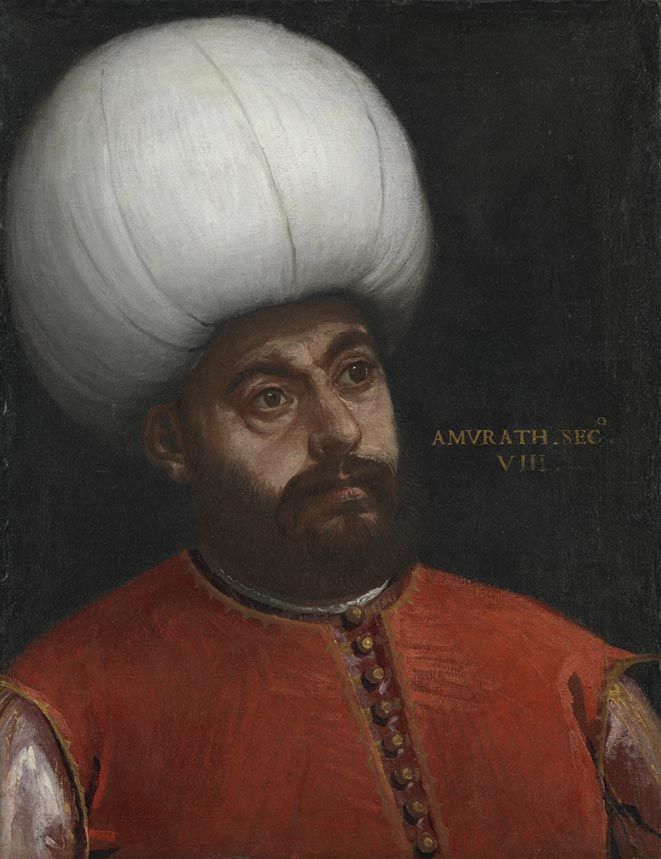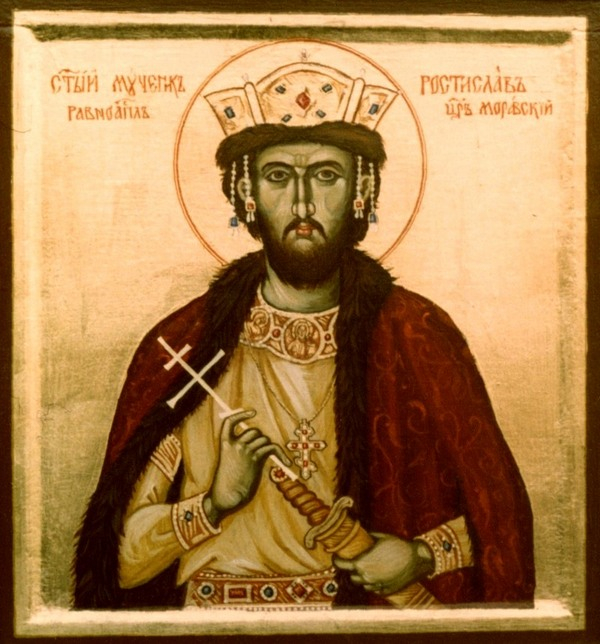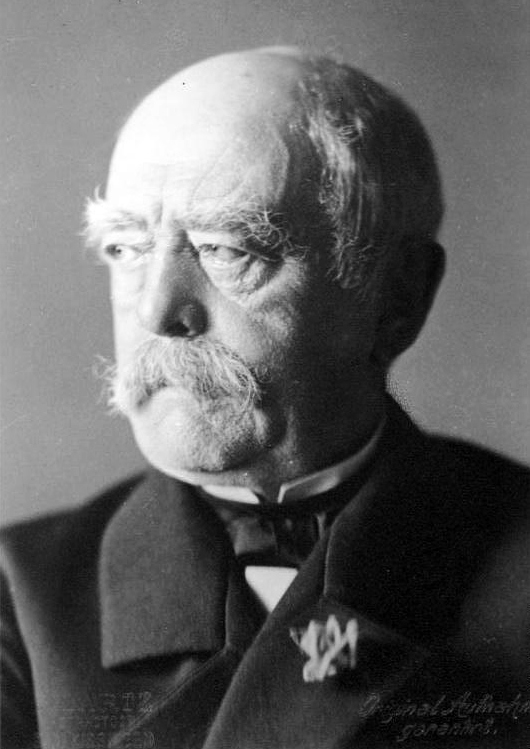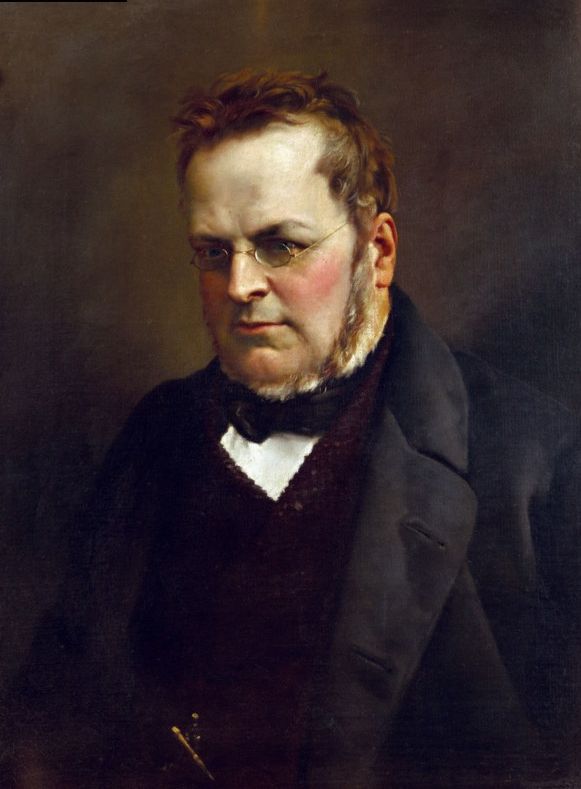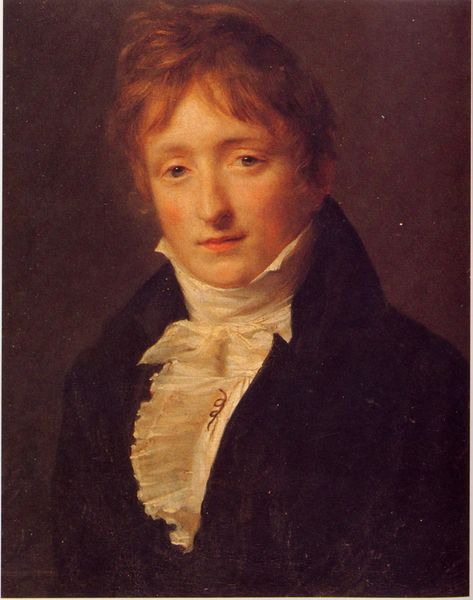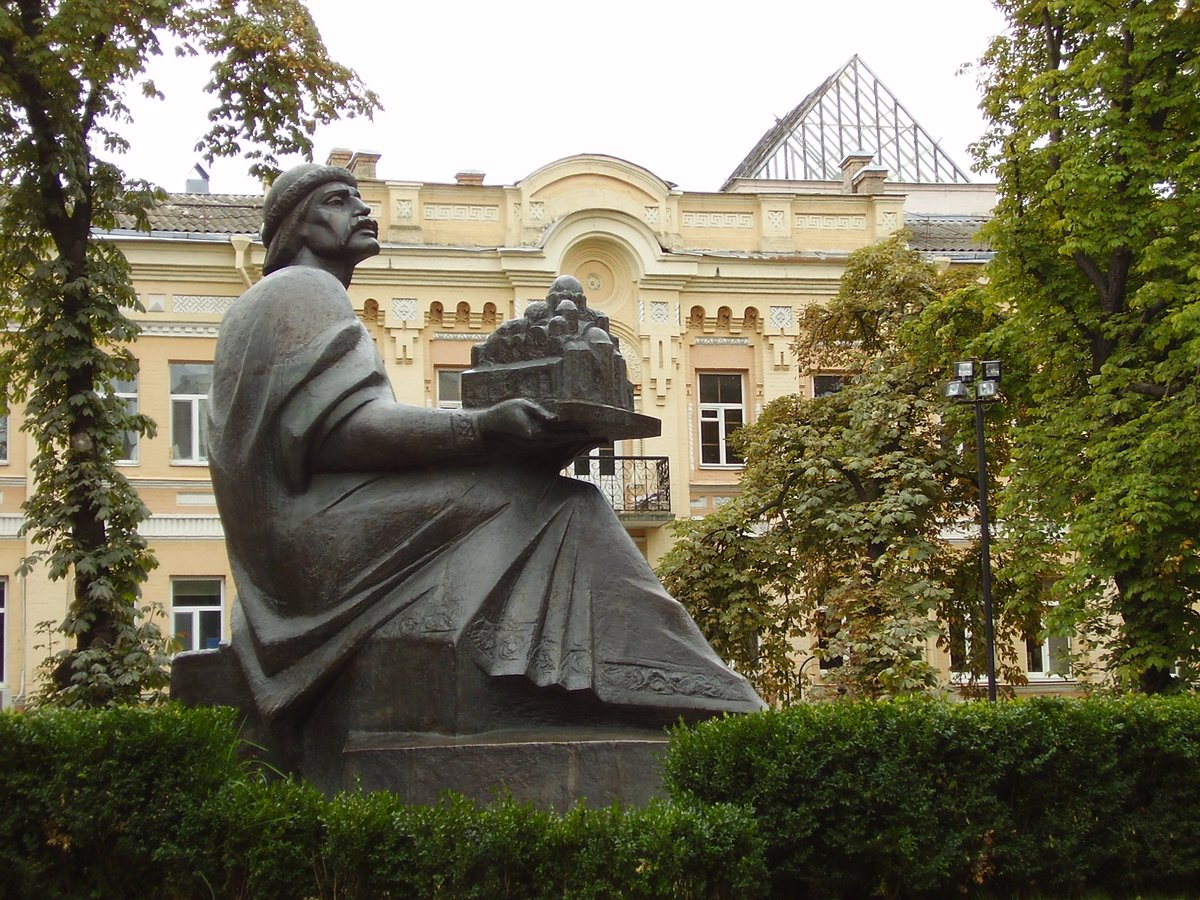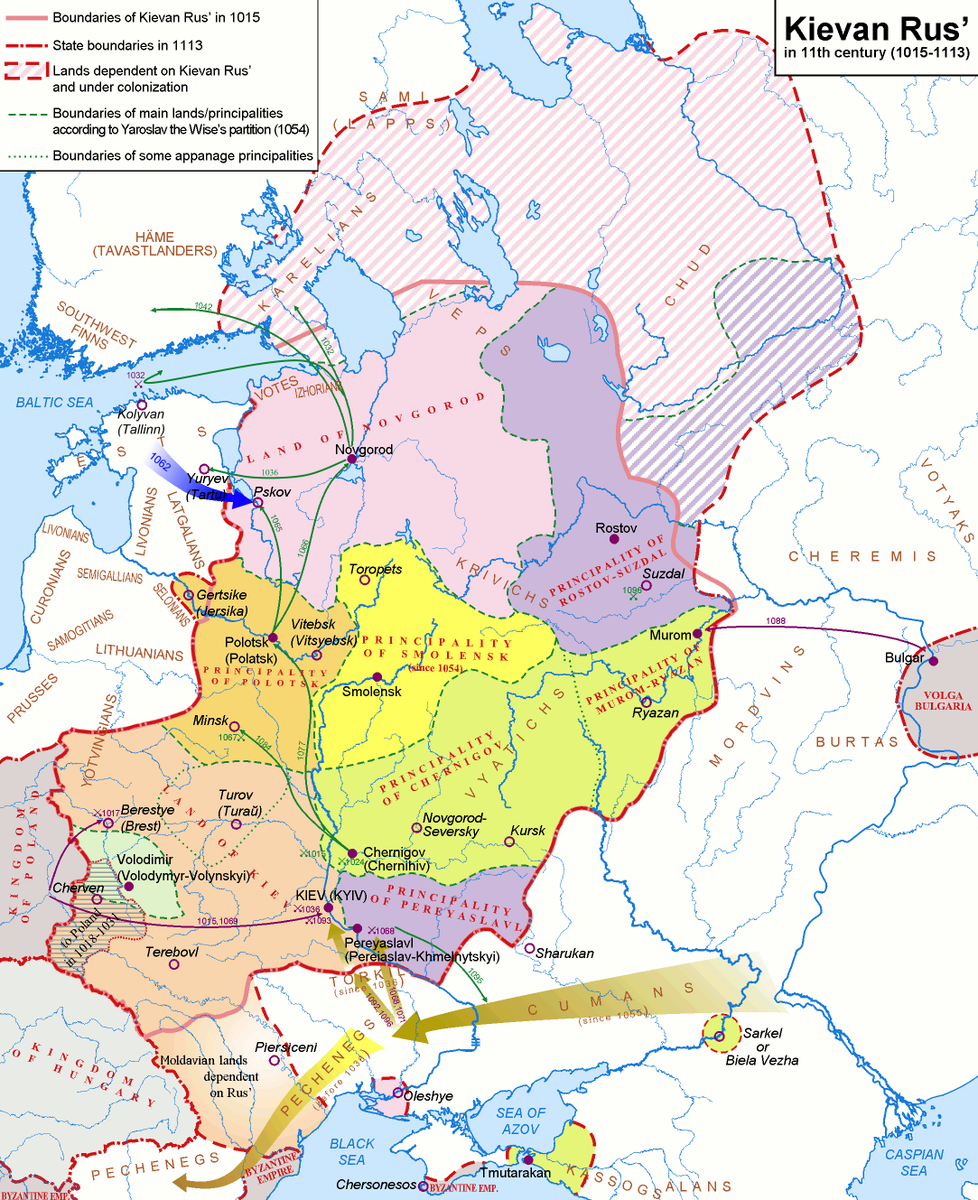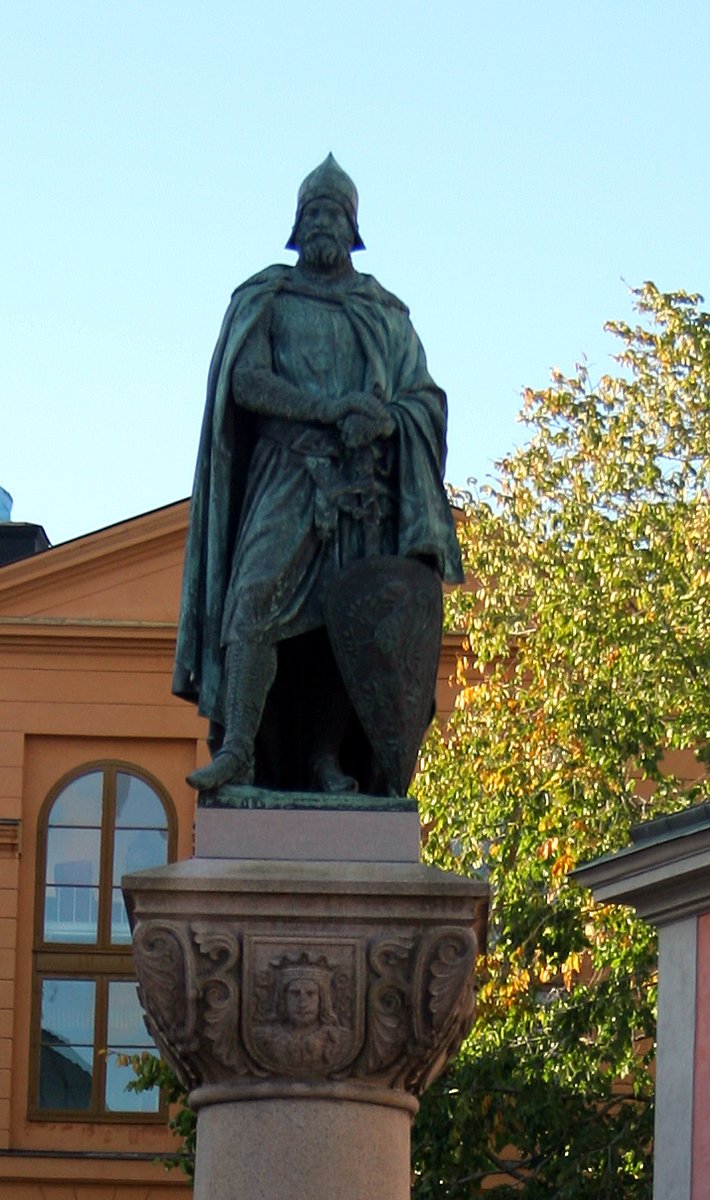A region sought by two powerful nations.
A cleric who ruled it last before its permanent division.
And someone we don't talk about. :)
Story in the evening ...
A cleric who ruled it last before its permanent division.
And someone we don't talk about. :)
Story in the evening ...
https://twitter.com/Arby_K/status/1518779398920368128
Bruno was born in 925 to Heinrich, King of East Francia, and Mathilde. In 940, he was made Chancellor by his brother, Otto, who had succeeded their father as king. As the youngest son of the king, he was set for church, and was taught by leading scholars of the time. 1/10 
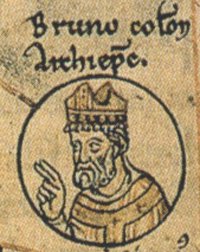
In 950, Bruno was ordained as a priest. Soon he became the Abbot of Lorsch. But his brother had bigger plans for Bruno. Proficient in Latin and Greek, Bruno was a trusted ally for the king and Otto needed allies to govern his vast kingdom. 2/10 

Otto had to face a few rebellions during his reign, including from his brother, Heinrich. In 951 after Otto married Adelais, his eldest son, Liudolf, Duke of Swabia, rebelled against his father. Liudolf was supported by his sister's husband, Konrad, Duke of Lotharingia. 3/10 

Bruno, who had studied in Trier, had interests in Lotharingia. It was a new region named after its first king. Originally part of Middle Francia, Lotharingia formed its northern part and was inherited by King Lothaire when Middle Francia was divided into three in 855. 4/10 

King Lothaire left no legitimate sons and Lotharingia, along with rest of Middle Francia, was sought by both East and West Francia. Over the next century, rule over Lotharingia changed many times, with both East Francia (Germany) and West Francia (France) gaining control. 5/10 







When the seat of the Archbishop of Cologne became vacant in 953, Otto appointed Bruno to the position. Soon, Otto defeated Duke Konrad and replaced him with Bruno in Lotharingia. Bruno now held prominent ecclesiastical and secular positions within East Francia. 6/10 

As Duke, Bruno was able to strengthen the ties of Lotharingia with East Francia. When Otto was crowned Holy Roman Emperor, Lotharingia (which became Lorraine over time) was one of its vital parts. However, the large Duchy was becoming difficult to manage. 7/10 

In 959, Bruno appointed Frédéric, his sister's son-in-law, as Duke of the southern portion of Lotharingia, which became Upper Lorraine (and still later known as just Lorraine). The northern part, Lower Lorraine, was administered by Gottfried of Hainaut. 8/10 

Lower Lorraine fragmented over centuries eventually forming key parts of Netherlands, Belgium and Luxembourg. Upper Lorraine was annexed by France in 18th century, though its then ruling family went on to rule the Holy Roman Empire and later Austria. 9/10 

Bruno also played an important role in Cologne's rise within the Empire. Though Cologne broke away from the Archbishopric in 1288, the Archbishop of Cologne retained a powerful position within the Empire as an imperial Elector. 10/10 

• • •
Missing some Tweet in this thread? You can try to
force a refresh


